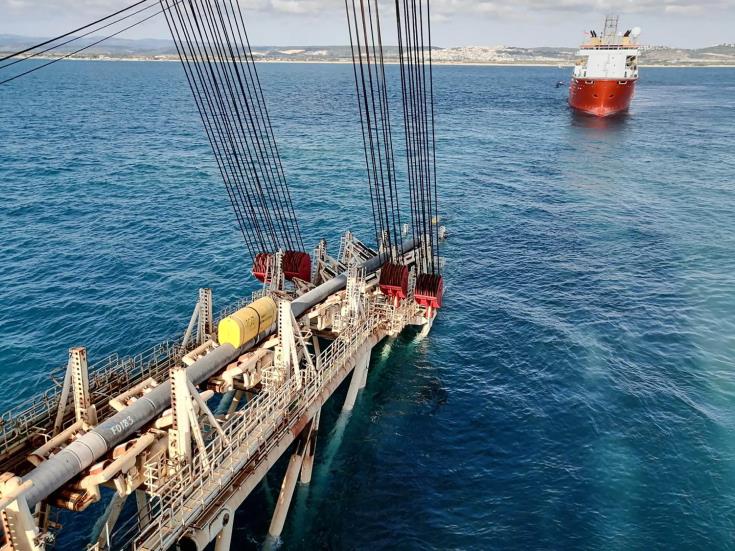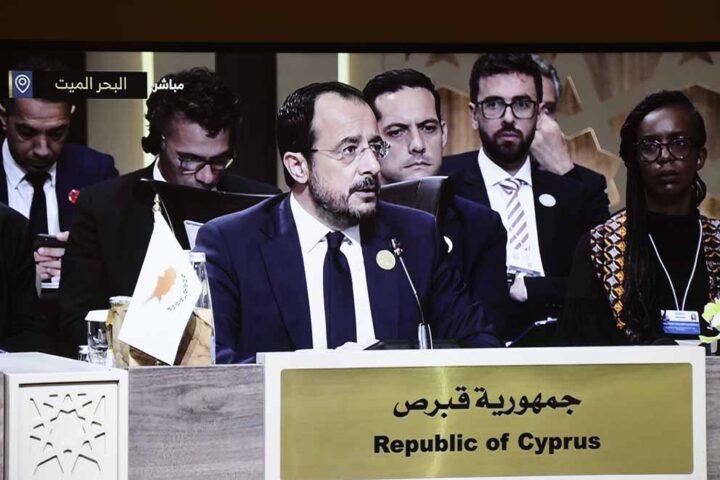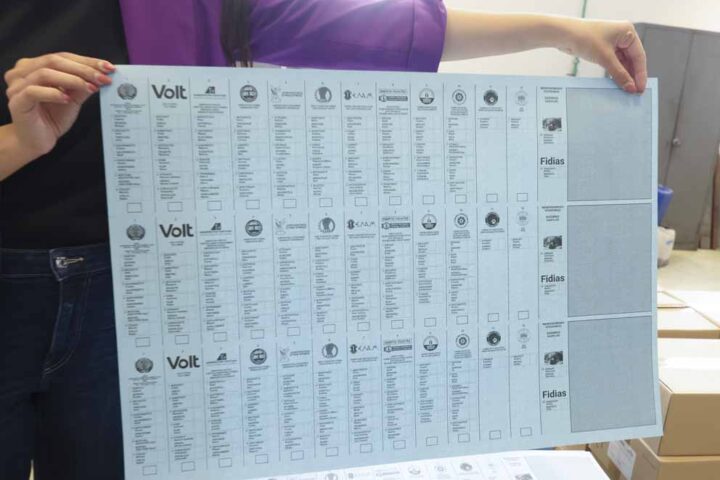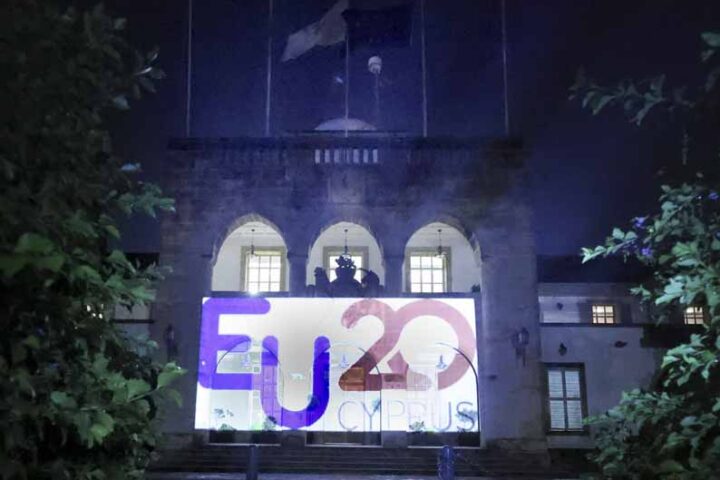With Russia halting natural gas supplies to western Europe, the ‘weaponisation’ of energy had lurked in everyone’s mind. Politicians prayed Moscow would never resort to this form of blackmail and the pipelines would remain uninterrupted.
This threat has been around for almost two decades, with little done in the meantime to end Europe’s over-reliance on Russia.
It started in March 2005 when Ukraine, allowing 80% of Russian gas exports to the EU to pass through it, decided to divert some of this natgas to its domestic market, infuriating state-controlled Gazprom.
With Kyiv owing Moscow mounting debts, Russia decided to punish Ukraine and shut down the supply.
As a result, Europe was the biggest loser in this equation.
Though the matter was resolved within ten months, the Kremlin did not trust its western neighbour and started devising an alternative plan.
Three years later, the matter resurfaced, alleging unpaid debts, but it had more to do with Moscow’s meddling in the Tymoshenko-Yanukovych rivalry.
The supply line was shut down again in January 2009 but quickly resolved when the two sides reached a new agreement.
However, this had an irreversible impact on Russia as a trusted energy supplier and Ukraine as a transit country.
Alternative routes were sought, and by the time the South Stream was heading from Russia through the Black Sea and onto the Balkans started taking shape, it was halted in December 2014 due to sanctions over Moscow’s annexation of Crimea and the EU’s demands for greater diversification.
Its significance was subsequently replaced by the Trans Adriatic Pipeline, carrying Azeri gas via Turkey and Greece to southern Europe.
In the meantime, thanks to its close ties to high-ranking German politicians, Gazprom developed a pair of new pipelines, this time supplying natgas from the Arctic and other Russian fields through the Baltic Sea and then to Germany, effectively accounting for 55% of the buyer’s needs.
Excited by its newfound love affair over gas, Germany was constantly treading on eggshells and turning a blind eye to human rights abuses in Russia and Moscow’s expansionist policy to the west.
And this, despite US pressure from early 2019 for Germany to rethink its pipedreams.
After a turbulent three years, Berlin eventually succumbed and revoked the licensing for Nord Stream 2, which would have made the EU’s biggest economy hostage to Vladimir Putin’s whims when Moscow was already massing troops on Ukraine’s borders.
In the aftermath of the war in Ukraine, Chancellor Olaf Scholz’s pride has come out wounded, with Germany’s role as the EU’s policymaker also doubtful.
With Germany reducing its dependence on Russian gas to about 35% of its needs and storing some 33%, the energy-thirsty industrial giant is seeking alternative sources and fast.
Even Commission chief Ursula von der Leyen’s ‘Green Deal’ and quicker switch to renewables is no longer an anathema and is being digested better.
With France never abandoning its nuclear programme, Germany also has second thoughts, as the standoff between Moscow and Brussels becomes tougher, with more sanctions on the horizon.
Greece, which is reviving its high-emission lignite programme, albeit for the short term, has shown solidarity to neighbouring Bulgaria, whose Russian supplies were abruptly terminated this week.
Turkey has once again become indispensable, with western Europe saying it needs its ties with Ankara, while on the other hand turning a shameful blind eye to the gross human rights violations, including the jailing of Erdogan’s Public Enemy Number 3 (after Gulen and Ocalan), Kavala.
Perhaps, now, Germany will abandon its view of the north-south division and seek alternative and clean energy supplies from warmer climes.
Ironically, the ‘poorer’ southern EU and Mediterranean neighbours have made huge offshore gas discoveries in recent years, while all-year sun power will generate solar resources at a fraction of importing natgas on the Continent.
All it needs is to fast track electricity interconnectors to transfer this cheap energy resource.










